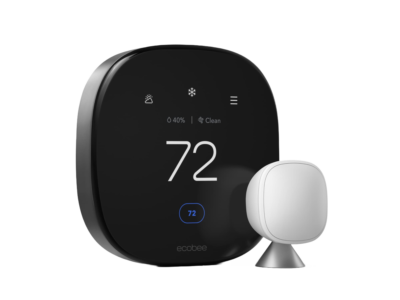In the ever-evolving landscape of technology, the concept of smart living continues to push the boundaries of innovation, transforming the way we interact with our homes and communities. As we look ahead to 2024, several key trends are poised to shape the future of smart living, revolutionizing our living spaces and enhancing our quality of life in unprecedented ways.
1. Artificial Intelligence and Machine Learning Integration
Artificial intelligence (AI) and machine learning are at the forefront of smart living advancements, enabling devices and systems to adapt and respond intelligently to user behavior and preferences. In 2024, we can expect to see even greater integration of AI and machine learning algorithms into smart home devices, allowing them to anticipate our needs, optimize energy usage, and provide personalized experiences tailored to individual users.
2. Enhanced Connectivity and Interoperability
As the Internet of Things (IoT) ecosystem continues to expand, interoperability and seamless connectivity between devices will become increasingly important. In 2024, we anticipate the emergence of standardized protocols and platforms that enable different smart devices to communicate with each other effortlessly, regardless of brand or manufacturer. This interoperability will pave the way for more integrated and cohesive smart home ecosystems, where devices work together harmoniously to enhance convenience and efficiency.
3. Sustainable and Eco-Friendly Solutions
With growing concerns about climate change and environmental sustainability, the demand for smart home solutions that prioritize energy efficiency and eco-friendliness will continue to rise. In 2024, we can expect to see a surge in the adoption of renewable energy sources, smart energy management systems, and eco-friendly building materials, as consumers seek ways to reduce their carbon footprint and create more sustainable living environments.
4. Augmented Reality and Virtual Reality Experiences
Augmented reality (AR) and virtual reality (VR) technologies have the potential to revolutionize the way we design, visualize, and experience our living spaces. In 2024, we anticipate the integration of AR and VR into smart home design and renovation processes, allowing homeowners to virtually preview home improvements, experiment with different layouts, and visualize the impact of smart devices before making any physical changes to their homes.
5. Personalized Health and Wellness Solutions
The convergence of smart technology and healthcare is opening up new possibilities for personalized health and wellness solutions in the home. In 2024, we can expect to see a proliferation of smart health monitoring devices, wearable technologies, and AI-powered virtual assistants that empower individuals to take control of their health and well-being. From smart mattresses that track sleep patterns to personalized nutrition plans delivered by virtual health coaches, the future of smart living promises to prioritize holistic wellness and preventive care.
6. Enhanced Security and Privacy Measures
As smart home devices become more interconnected and integrated into our daily lives, ensuring robust security and privacy measures will be paramount. In 2024, we anticipate the development of advanced encryption technologies, biometric authentication methods, and decentralized data storage solutions to safeguard sensitive information and protect against cybersecurity threats. Additionally, increased transparency and user control over data collection and sharing practices will be essential to building trust and confidence in smart home technologies.
In conclusion, the future of smart living in 2024 holds immense promise, with advancements in AI, connectivity, sustainability, AR/VR, health, and security poised to redefine the way we live, work, and interact with our surroundings. By embracing these emerging trends and technologies, we can create smarter, more sustainable, and more personalized living environments that enhance our quality of life and empower us to thrive in the digital age.









